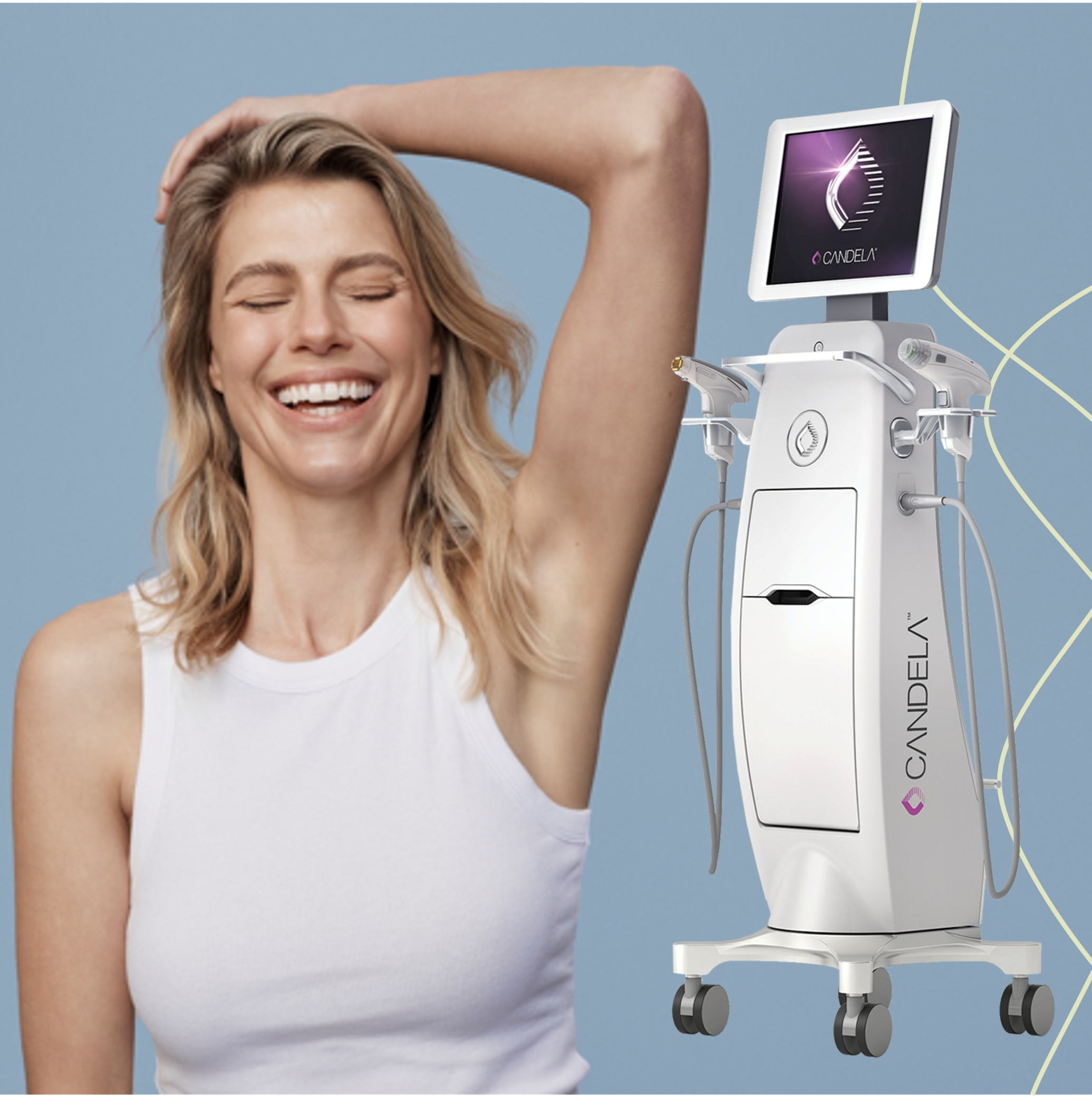Acne. It's a skin concern that plagues countless people, from teenagers to adults, and the frustrating battle often continues even after the breakouts subside, leaving behind unwanted scars. If you're tired of struggling with acne and its aftermath, you're not alone. Fortunately, there are effective science-backed treatments available to help you achieve clear, healthy skin.
Understanding The Root Cause Of Acne & Acne Scars
Acne occurs when pores become clogged. This clogging can happen due to a buildup of oil (sebum), dead skin cells, and bacteria. Here's a simplified breakdown of the process:
- Increased Sebum Production: Sebum is the skin's natural oil. Sometimes, the body produces too much sebum, which can contribute to clogged pores.
- Dead Skin Cell Buildup: Normally, dead skin cells shed and are replaced by new ones. In people prone to acne, these dead skin cells may not shed properly, leading to a buildup within the pores.
- Bacterial Growth: Propionibacterium acnes (P. acnes) is a type of bacteria that lives on the skin. When pores become clogged, it creates an environment where P. acnes can thrive and multiply.
- Inflammation: The combination of excess sebum, dead skin cells, and bacteria triggers inflammation within the pore. This inflammation is what leads to the visible signs of acne, such as redness, swelling, and pimples.
Acne scars develop when the skin's natural healing process is disrupted, often due to this inflammation and subsequent damage to collagen and elastin. These scars can take various forms, including:
- Atrophic scars: These are indented scars, like ice pick, boxcar, and rolling scars.
- Hypertrophic scars: These are raised scars, often thicker than the original acne lesion.
- Post-inflammatory hyperpigmentation (PIH): These are flat, discolored spots that remain after a pimple heals.
Treating Acne With Next Gen Laser Technology
Laser treatments offer a powerful and targeted approach to managing active acne. Specific wavelengths of light can address different aspects of the acne process. One type of laser that can be particularly helpful is the Nd:YAG laser:
- Nd:YAG Laser for Acne: This laser targets the sebaceous glands, reducing sebum production, a key factor in acne development. It also has anti-inflammatory properties, helping to calm existing breakouts and reduce redness. Nd:YAG lasers can also help to destroy P. acnes bacteria, further minimizing breakouts. Because it penetrates deeper into the skin, the Nd:YAG laser is often a good choice for cystic acne or more severe acne cases.
Treating Acne Scars With Next Gen Laser Technology
While some lasers are better for active acne, others excel at addressing the residual scarring. Pico lasers are a newer advancement that is showing great promise in acne scar treatment.
- Pico Lasers for Acne Scars: Pico lasers deliver ultra-short pulses of energy, breaking down scar tissue more effectively than traditional lasers. This stimulates the production of new collagen and elastin, which helps to fill in atrophic scars and improve overall skin texture. Pico lasers are also highly effective at targeting hyperpigmentation (PIH) often associated with acne scars, helping to even out skin tone. Because of their precision and shorter pulse durations, pico lasers typically result in less downtime and a lower risk of side effects compared to older laser technologies.
Achieve The Clear Skin Of Your Dreams At CLEO
CLEO was founded around a mission to usher in a new era of skincare focused on efficacy, transparency, and accessibility. Historically, the best acne and acne scar treatments have been gatekept. Our laser facial program is tailored to meet your unique skincare needs. Contact us today at (952) 666-1105 to schedule your free consultation with one of our specialists in Minneapolis (Edina + Maple Grove) or book directly on our site.




Leave a comment
This site is protected by hCaptcha and the hCaptcha Privacy Policy and Terms of Service apply.